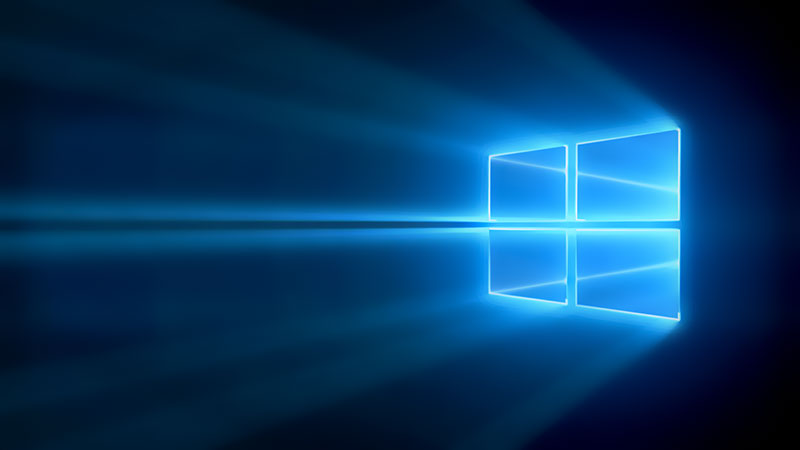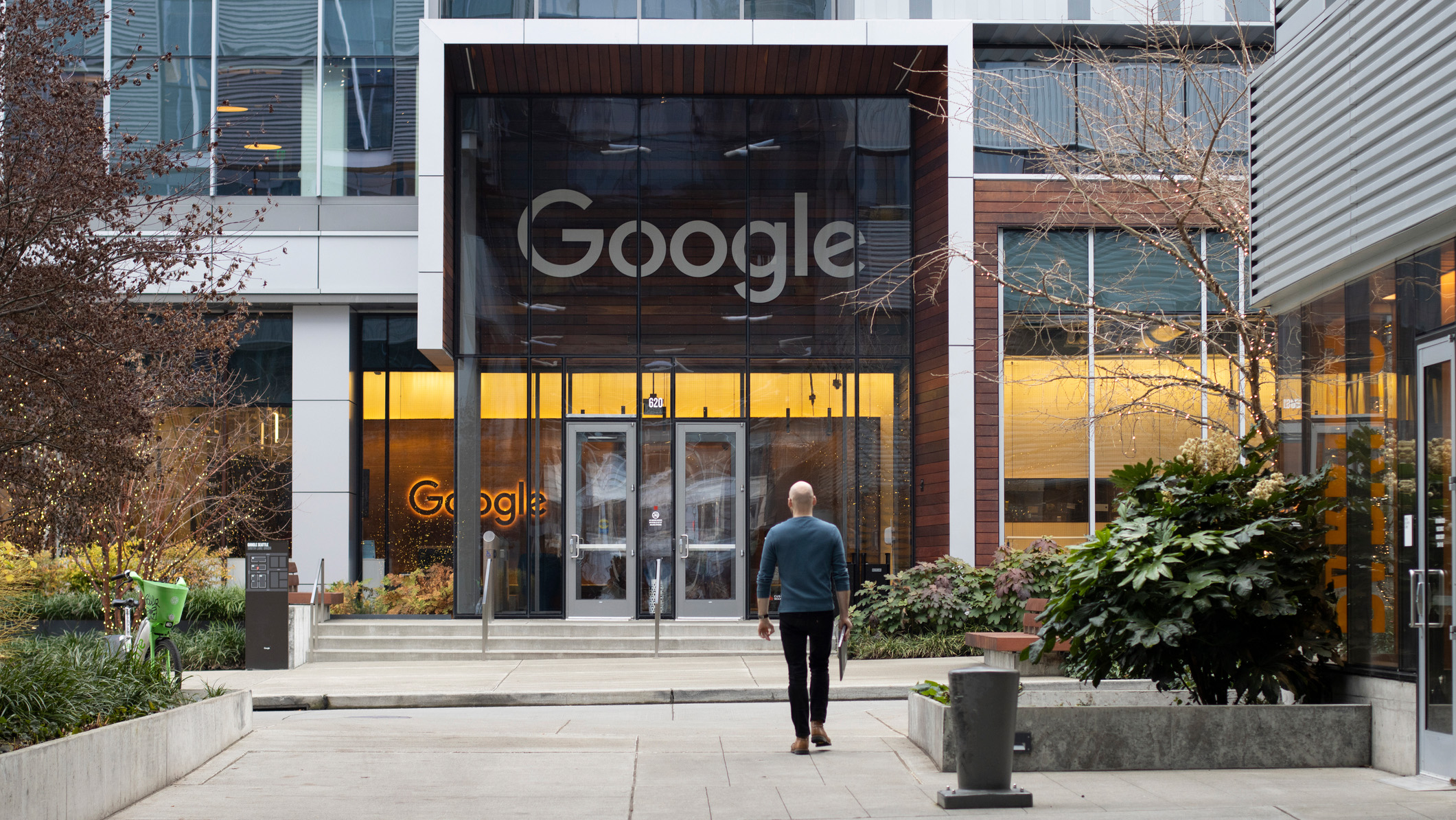Windows 10 Anniversary Update review
Microsoft's latest update is surprisingly light on completely new features

Microsoft's latest update has a few interesting modifications and upgrades, but full-blown new features are in short supply
-
+
Host of useful and interesting minor tweaks
-
-
Many features dependant on developer support; Windows Ink mostly collects pre-existing features; Cortana app for Android and iOS still unavailable in the UK;

Microsoft Edge
The Edge browser, which received a lukewarm initial reception, finally has support for extensions - considered by many to be the missing piece of the puzzle. At time of going to press there were only 15 available extensions, but it was heartening to see that these included popular names such as LastPass, Evernote and Pocket.
Syncing of user data - such as passwords, history and favourites - to the cloud has been improved, making it much easier to switch between computers, and Cortana has also been integrated. This allows users to right click on text or images, and ask Cortana to perform contextual searches.
Enterprise security features
Enterprises still make up a huge percentage of Microsoft's Windows customer base, and the company hasn't forgotten them in this latest update. There are a couple of new features designed to beef up Windows 10's enterprise security, starting with updates to Windows Defender.
Windows Defender Advanced Threat Protection is a security tool focused on breach detection, rather than prevention. It's intended to help cut down on the time it takes for a business to detect that they've been hacked once an attacker has gained access. Consulting firm Mandiant pegged the average figure at 146 days in 2015.
Also new for the Anniversary Update is Windows Information Protection, known prior to release as enterprise data protection. This allows encryption on a per-file basis, rather than just encrypting the entire disk, so if a user emails confidential work documents to someone outside the company, they'll be unable to access it.
This also prevents the leaking of company documents - intentionally or otherwise. The feature is policy-based and admin-managed, so users must be authenticated by the company before they can open the files - even if they're copied onto a USB stick and removed from the network. Work data is also kept separate from personal user data, to prevent accidental sharing.
Themes and UI
In what is possibly the least functional and yet most gratifying update, Windows 10 now officially has a 'dark' theme. This coats apps and windows in the same black colour scheme as the taskbar and start menu, rather than the stark white default setting.
While this doesn't extend to the file explorer or any third-party apps, it does mean that all the system apps match Windows 10's default trimmings. The lock screen also has a new default image, which is more in-keeping with the OS's stock wallpaper.
Another small but very useful addition is that the notification center and taskbar icons now have numbers attached to them to indicate the amount of unseen items demanding your attention. This is a welcome step forward, and especially so if you're the kind of person who tends to let alerts pile up before you investigate.
Windows Hello
Windows Hello was designed to let you use biometric authentication to quickly and securely log into multiple websites and apps, but only supported local login at launch. The newest update has now added support for the Windows Store, meaning that you can use your face or fingerprint to authenticate purchases rather than a password.
Rumours suggest that the launch of the FIDO 2.0 authentication standard will see a substantial amount of third-party support added to this, but Microsoft was unable to confirm this when we asked. For now, Windows Hello is principally relegated to login duties.
On the other hand, in our reviewer's opinion, it still remains one of the most useful and user-friendly functions of any OS. It's faster and more secure than a traditional password, and it's the feature we miss most when switching to a different operating system.
Verdict
The Windows 10 Anniversary Update has been sold as a major upgrade, but we're not entirely sure why. The main 'new' feature - Windows Ink - is predominantly a way to resurface pre-existing software, and the other additions are little more than minor improvements.
Moreover, the success of other key features rests entirely with third-party developers - Microsoft sorely needs developers to create extensions for the Edge browser, and to flesh out the Ink Workspace with suitable apps. It's telling that Microsoft's app store remains one of the worst-stocked ecosystems in the market, which raises worrying questions as to whether that much-needed support will be forthcoming.
The whole point of Windows 10 was supposedly to move away from big 'event' releases, allowing the company to roll out interesting new features as and when they were ready, rather than waiting to push them out en masse. The fact that Microsoft is still setting so much stock in major updates is a shame, as Windows works best when judged as a continually-evolving whole.
As a single package, the Anniversary Update feels somewhat stunted. There are plenty of more minor, yet interesting new tweaks and optimisations to be found and the core OS remains excellent, but it will do little to convince fence-sitters or Windows 7 die-hards to take the plunge.
Verdict
Microsoft's latest update has a few interesting modifications and upgrades, but full-blown new features are in short supply
Get the ITPro daily newsletter
Sign up today and you will receive a free copy of our Future Focus 2025 report - the leading guidance on AI, cybersecurity and other IT challenges as per 700+ senior executives
Adam Shepherd has been a technology journalist since 2015, covering everything from cloud storage and security, to smartphones and servers. Over the course of his career, he’s seen the spread of 5G, the growing ubiquity of wireless devices, and the start of the connected revolution. He’s also been to more trade shows and technology conferences than he cares to count.
Adam is an avid follower of the latest hardware innovations, and he is never happier than when tinkering with complex network configurations, or exploring a new Linux distro. He was also previously a co-host on the ITPro Podcast, where he was often found ranting about his love of strange gadgets, his disdain for Windows Mobile, and everything in between.
You can find Adam tweeting about enterprise technology (or more often bad jokes) @AdamShepherUK.
-
 ‘Phishing kits are a force multiplier': Cheap cyber crime kits can be bought on the dark web for less than $25 – and experts warn it’s lowering the barrier of entry for amateur hackers
‘Phishing kits are a force multiplier': Cheap cyber crime kits can be bought on the dark web for less than $25 – and experts warn it’s lowering the barrier of entry for amateur hackersNews Research from NordVPN shows phishing kits are now widely available on the dark web and via messaging apps like Telegram, and are often selling for less than $25.
By Emma Woollacott Published
-
 Redis unveils new tools for developers working on AI applications
Redis unveils new tools for developers working on AI applicationsNews Redis has announced new tools aimed at making it easier for AI developers to build applications and optimize large language model (LLM) outputs.
By Ross Kelly Published
-
 Google layoffs continue with "hundreds" cut from Chrome, Android, and Pixel teams
Google layoffs continue with "hundreds" cut from Chrome, Android, and Pixel teamsNews The tech giant's efficiency drive enters a third year with devices teams the latest target
By Bobby Hellard Published